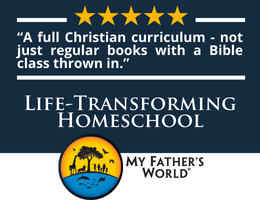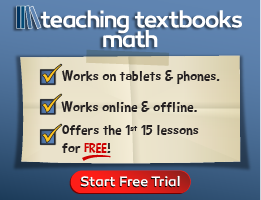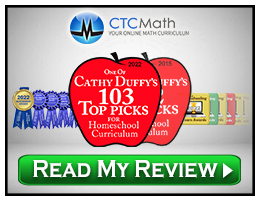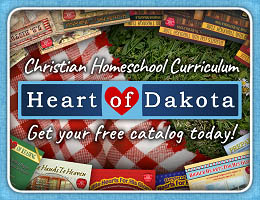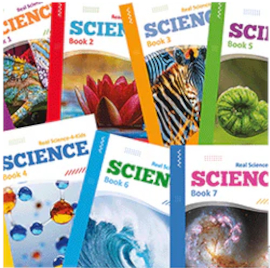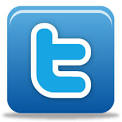Real Science-4-Kids’ newest series (an updated version of the previous Building Blocks of Science series) consists of seven courses. The first three work for grades 3 through 5 if students are working independently. If parents read the books aloud and work closely with students, the books can be used with their numbers corresponding to grade levels (e.g., Book 1 can be used with first graders). Similarly, Books 4, 5, and 6 can be used independently by students in grades 6 through 8 but may be used earlier for students who are excellent readers or have parents working closely with them. Book 7 requires prior knowledge of molecular theory (as taught in the previous books) and should be usable by students in junior high who have the proper background. Otherwise, it can serve as a general science course for students in grades 9 or 10.
What makes this series unique is its focus on chemistry first as the series author, Dr. Rebecca Woodbury, believes that “Chemistry is the master key that unlocks all other areas of science, making science easier to learn!” Thus, all courses start with lessons relating to chemistry (https://rs4k.com/). In every course, chemistry lessons are followed by lessons related to biology, physics, geology, and astronomy, providing broad coverage of many scientific disciplines each year. The entire series works in a spiral fashion, with topics from Books 1 through 4 retaught at higher levels in Books 5 through 7.
Here's how the five disciplines are covered. In Book 1, the first chapter (consisting of four lessons) is an introduction to science, the history of science, and the scientific method. The next four chapters are on chemistry, with a total of 18 lessons within those chapters. Then biology, physics, geology, and astronomy follow in that order. Each of those disciplines has four chapters with 12 to 17 lessons each. Different topics from all five science disciplines are covered in this fashion in each course.
The content throughout the series is substantive and challenging. For instance, the third chapter of Book 1 introduces the concept of electrons and their availability for bonding, and Book 7 introduces the complex structures of carbon-containing molecules such as polysaccharides. Cartoon-style illustrations make concepts like these understandable for younger students.
Dr. Woodbury stresses the use of the scientific method, critical thinking, and creative thinking, while incorporating observations and hands-on activities. The first course requires a minimal amount of written work, gradually increasing the amount of writing as children progress through the series.
Components
There are three books for each course: a textbook, student pages, and teacher pages. They can be purchased in various formats. The textbook is available as a hardcover, printed book or a digital flip book. (Purchasing the digital book gives you access for an unlimited time.) Student and teacher pages can be purchased as printed books (with perforated pages in the student books) or PDFs. All three resources are also available digitally through an online membership (renewed annually).
The full-color textbooks have plenty of illustrations that make it easier for students to grasp the sometimes challenging content. Each textbook has 22 chapters, and students are expected to complete one chapter per week. Each chapter concludes with a summary of key points. Questions are in the student pages rather than in the student textbook.
Teacher Pages
For each lesson, the teacher pages include lesson objectives, lesson plans, a list of materials needed (when there is an experiment), a chart showing which pages are used from the three course resources, assessment tool information, reproduced student pages with overprinted answers, grading rubrics for Book 5 and above, and answer keys for quizzes and tests.
Many questions in the student pages have unpredictable answers, and there are no suggested answers for them.
Lesson plans are designed for three or four days for each of the 22 lessons in a course. A lesson might be completed in one week, but some families might choose to spread each lesson out over a week and a half. Either way, homeschoolers should be able to complete each course within a school year.
Student Pages
One of the biggest improvements in these courses over the Building Blocks of Science series is the student pages. The full-color student pages (150 to 175 pages per course), which replace the previous student workbook, include three sections for most chapters: study notebook pages, experiment notebook pages, and quiz pages. (A few chapters do not have experiments.)
The study notebook pages are creatively designed with cartoon illustrations, fun fonts, and unusual layouts that sometimes have spaces for student sketches. Some pages have students cut and paste pieces from one page to another to create study aids, such as simple flip books. As students progress through the courses, there are fewer cut-and-paste activities and more reading and research.
The experiment notebook pages tie in with a new feature, the RATATAZ experiments. The acronym RATATAZ represents the multimodal learning experience involved. It stands for: “R-read | A-ask| T-test, tinker, try | A-answer | TAZ - talk, tell & dazzle.” (https://rs4k.com/pages/faq). All of these elements are built into the experiments. The experiment pages (presented in an abbreviated format with key information in the teacher pages) include directions, lists of required resources, and pages for recording and analyzing results. RATATAZ experiment kits are under development, but for now, parents need to collect experiment resources on their own. These are usually easy-to-obtain items but not always. For example, Book 3, Chapter 2 has students create an electrical circuit using copper tape, construction paper, 10 to 15 3V lithium-ion batteries, a box of multicolored LED lights, scissors, and tape. Note that Book 7 has students design and carry out their own original scientific investigation as a final project.
The quiz pages include chapter quizzes and a final exam. Answer keys are in the teacher pages.
Digital Membership
An annual digital membership provides access to the digital textbook, student and teacher pages, downloadable experiment instructions, and a vocabulary review game. It also has tools for building your own puzzles, games, experiments, lab worksheets, and customized lesson plans. Keep in mind that you still need to print out student pages, and color printing will be important for some pages.
If you’ve got younger children, you might want to use the digital flipbook Science Literacy Readers that are accessible with the digital membership.
Religiously Neutral
This is a religiously neutral series that should work for most families, whatever their religious beliefs. It avoids contentious issues, like the age of the earth, and sometimes poses questions for students to consider from different perspectives. For example, in Chapters 6, 7, and 8 of Book 5, students study “Cell Theory and the Definition of Life.” One activity has students read two opposing views on the generation of life: either “all cells come from naturally occurring preexisting cells,” or “synthetic biology can create life from synthetic cells.” Students are given a limited amount of information and are to research further to come to their own conclusions. (Parents should help guide the research.)
Summary
I think the concept of starting with chemistry makes a lot of sense, and even if this is unusual, this series has been used in its earlier format for several years and has an excellent track record. And the new approach for the experiments and revamped layout of the student pages are big improvements.
The course content might be challenging for some students, so parents need to be involved to make sure students understand the material. This applies to the experiments as well. Students will learn the most by discussing their ideas and thought processes.

